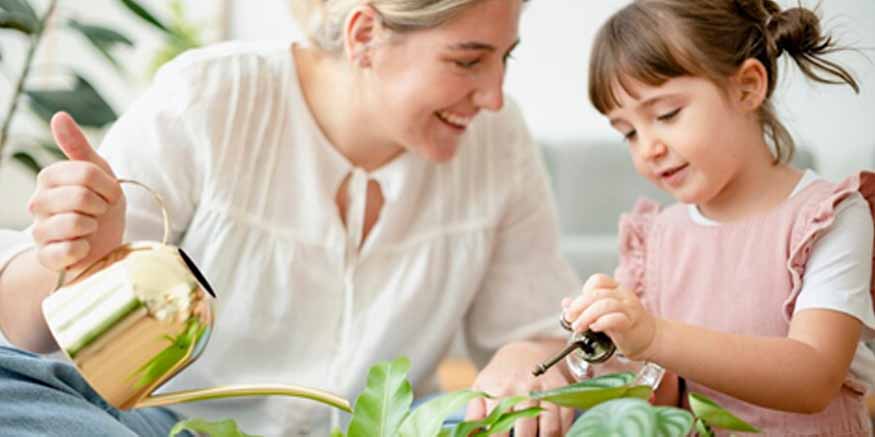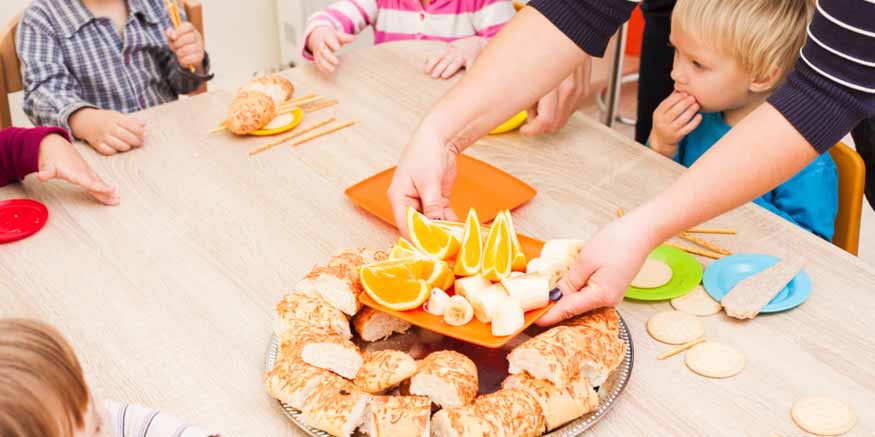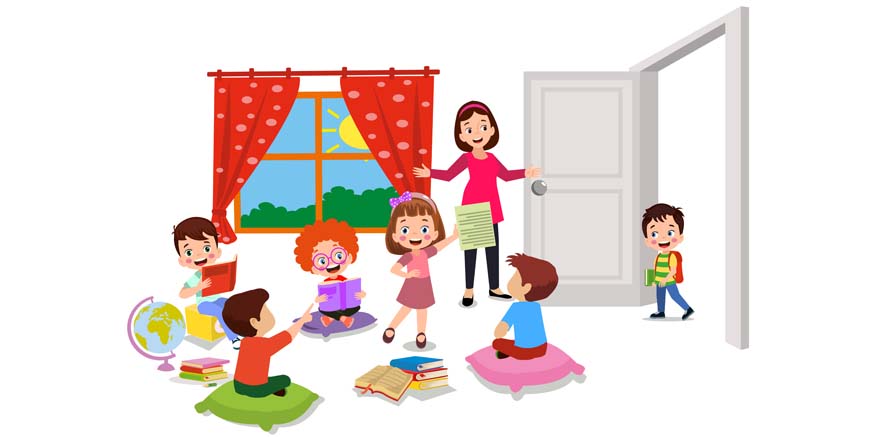Table of contents:
- Introduction
- Understanding the risk of harmful plants
- Common Harmful Plants in Indian Homes and Gardens
- Poisonous Flowers to Watch Out For
- Identifying Harmful Plants: A Parent’s Guide
- Childproofing Your Garden Against Harmful Plants
- Teaching Preschoolers About Harmful Plants
- Safe Alternatives to Harmful Plants
- Identifying plant poisoning symptoms in kids
- Conclusion
Introduction
While many plants add beauty to our homes, some are extremely dangerous to children upon ingestion. Parents must protect their children from harmful plants in their indoor spaces or gardens. To address this concern, we will guide you on harmful plants and how to keep little ones safe from plants they might encounter during exploration or play. By following this guide, you will be well-prepared to keep your child protected from harmful plants.
Understanding the risk of harmful plants
Harmful plants are hazardous to young children, especially preschoolers. This is because these kids have a tendency to put everything in their mouths to feel and taste it. When ingested, various widely grown flora are poisonous when one comes across the plant and touches it. Knowing about this risk helps to safeguard our children from harmful plants.
Common Harmful Plants in Indian Homes and Gardens
Some of the most poisonous plants commonly found in homes and gardens include:
- Oleander (Kaner)
- Datura (Dhatura)
- Castor Bean (Arandi)
- Yellow Oleander (Pila Kaner)
- Rubber Plant (Rubber Fig)
- Lantana (Raimuniya)
- Calotropis (Aak or Madar)
- Gloriosa Lily (Kalihari)
If they are ingested, these harmful plants cause dermatitis and acute poisoning.
Poisonous flowers to watch out for
Flowers add colour and beauty to the surroundings. However, some flowers can be poisonous and must be kept out of reach of children:
- Nerium Oleander (Kaner)
- Plumeria (Champa)
- Thevetia peruviana (Pila Kaner)
- Datura (Dhatura)
- Rangoon Creeper (Madhumalti)
- Cerbera odollam (Suicide Tree)
Many of these flowers, which children may be drawn to, are poisonous and must be kept out of their reach.
Identifying harmful plants: A parent’s guide

Parents in India need to know the names of harmful plants. Here are some tips to help you identify harmful plants:
- Familiarise yourself with the harmful plants in your locality.
- You can use plant identification apps or take samples to the local nursery.
- Some plants with berries attract children. As parents, you must be cautious of this.
- Be mindful that some harmful plants may have various toxic parts, such as leaves, flowers, and berries.
Familiarising yourself with the names of some of these plants would go a long way towards ensuring the safety of your child.
Childproofing your garden against harmful plants
It is crucial to have a risk-free backyard from harmful plants. Here are some tips:
- Take out harmful plants from your garden, particularly poisonous and frequently found.
- Poisonous flowers like Oleander and Datura must be kept out of reach or in restricted areas.
- Use fencing to prevent children from accessing dangerous flowers in the play area.
- Monitor the movement of children in the outside environment, especially if there is poisonous flora.
- Teach kids not to put plant pieces in their mouths.
Childproofing in the garden is vital to avoid accidents with harmful plants.
Teaching preschoolers about harmful plants

While it’s our job to protect our children, teaching them about harmful plants can be an additional safety measure:
- Use plain and simple terms to educate children on harmful plants.
- Introduce a rule about not touching or eating plants without your supervision.
- Teach children to identify common harmful plants in your area, like Oleander or Datura.
- Remind them of the basic rule of cleaning their hands with water after playing outside.
Educating this can go a long way in ensuring that children do not come in contact with harmful plants.
Safe alternatives to harmful plants
If you love gardening but worry about harmful plants, consider these child-safe alternatives common in India:
- Marigold (Genda)
- Hibiscus (Gurhal)
- Bougainvillea
- Rose (Gulab)
- Holy Basil (Tulsi)
These plants can enhance the colour and beauty of your space without worrying about the dangers of harmful plants.
Identifying plant poisoning symptoms in kids
There are symptoms of toxicity if harmful plants are ingested. Common signs include:
Gastrointestinal distress: Vomiting or nausea, diarrhoea or abdominal pain
Skin reactions: Irritations, rashes or inflammation
Respiratory issues: shortness of breath or expressions of wheezing
Neurological symptoms: Drowsiness, confusion or convulsions
Cardiovascular effects: Palpitations or hypotension
Eye irritation: Soreness, gum swelling or redness, or blurriness.
Mouth irritation: Stinging or pain, Lump, the feeling of a ‘lump in the throat’
Excessive salivation or drooling
Unexplained fever
Alterations in the colour or amount of urine produced
If you feel your plants are poisonous, reach a local poison control centre or ring your nearest hospital. One should never have potentially poisonous plants within children’s grasp, and children should be discouraged from sampling plants or berries they have never tried before.
Conclusion
As parents, we want to protect our children from the bad things in life. However, we also wish to make them independent and help them understand the natural world around them. Therefore, knowledge of harmful plants and poisonous flowers will help protect our children from these dangers. By being aware of harmful plant names, we can learn and prevent the signs of plant poisoning effectively.
At Mother’s Pet Kindergarten, we understand your concern for child safety. We keep a garden free from harmful plants found in India and include nature safety studies in our curriculum. We assure you that we will provide a safe sanctuary for preschool children and allow them to explore the world of nature in a risk–free context.
It is important to know about harmful plants, however, keep in mind that this should not instil fear in children. Rather, consider it a chance to briefly explain the nature of the outside world to your child. You can also teach children about safety and the importance of asking before touching anything. With these precautions, you can support the safe exploration of your children. Stay educated, be aware, and help your child explore the wonderful world of flora!












Recent Comments